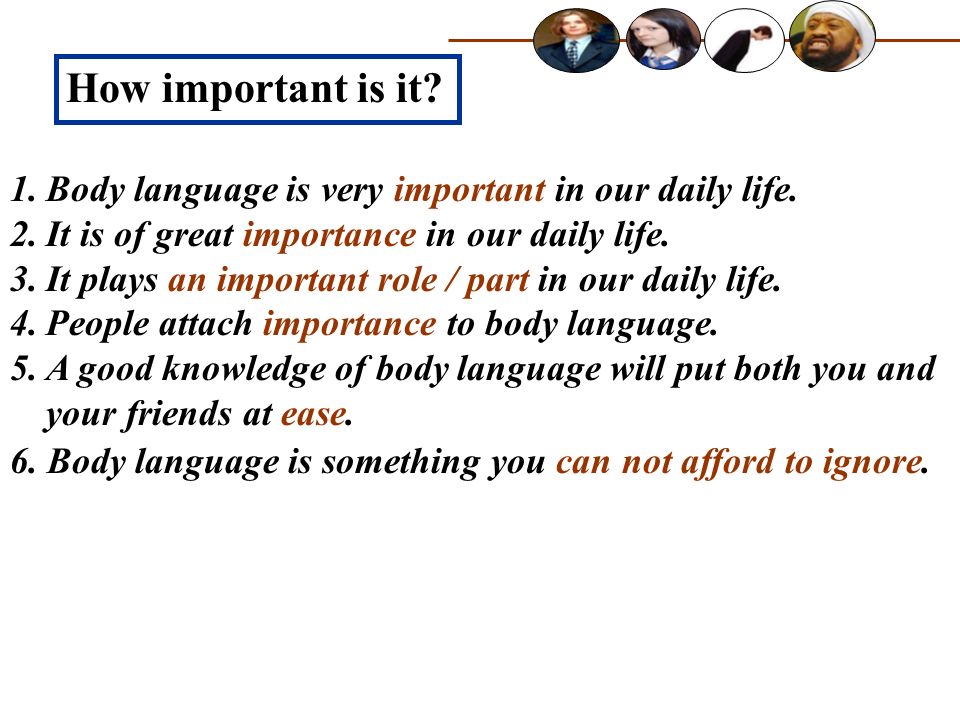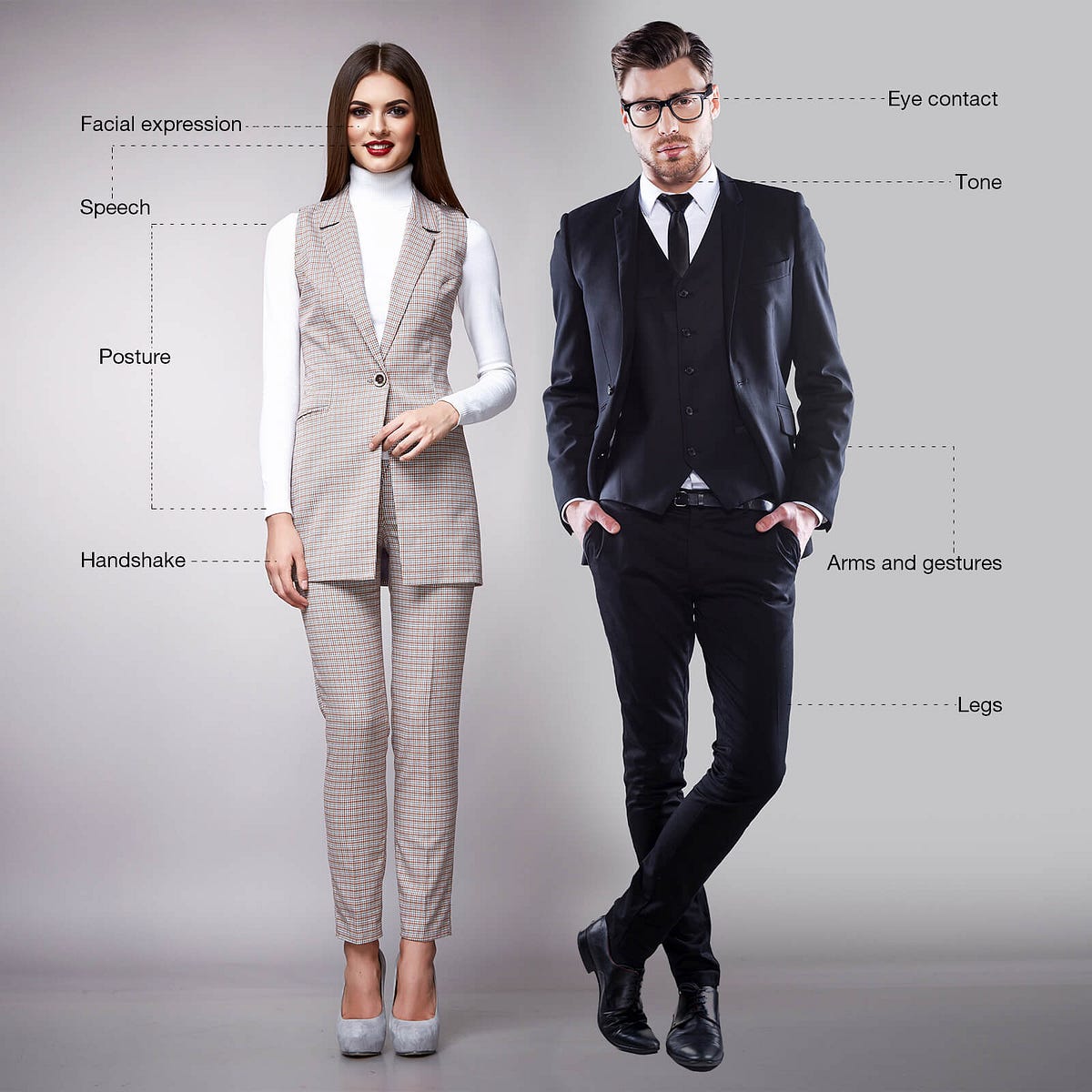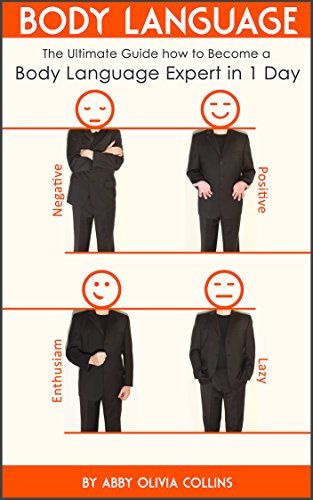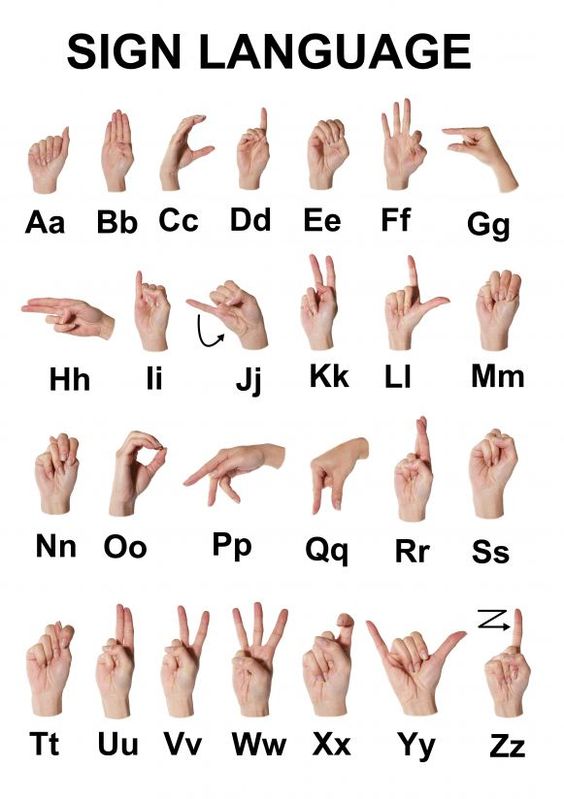How Do You Use Body Language in Your Daily Life
Body language is a powerful tool in our daily interactions. It conveys emotions and intentions without words.
Understanding and using body language can enhance communication. Every day, we use gestures, facial expressions, and posture to express ourselves. From a simple nod to a firm handshake, these non-verbal cues play a crucial role. They help build rapport, show confidence, and even diffuse conflicts.
By being aware of our body language, we can improve personal and professional relationships. This guide will explore how to use body language effectively. Discover how small changes can make a big impact in your daily life. Stay tuned to learn simple yet effective body language tips.
Importance Of Body Language
Body language speaks louder than words. Gestures, facial expressions, and posture show feelings. These signals can tell if someone is happy, sad, or angry. For example, crossed arms might mean someone is upset. A smile can show friendliness. Eye contact shows interest and confidence. People can understand each other better with body language.
Body language is key in relationships. Good body language can build trust. Poor body language can cause misunderstandings. For example, nodding shows you are listening. Turning away can seem rude. Standing close shows closeness. Keeping distance can feel cold. Positive body language makes people feel valued. It helps in making friends and keeping them.

Credit: proschoolonline.com
Reading Body Language
Interpreting body language helps in daily conversations by understanding unspoken emotions. Noticing gestures and facial expressions can reveal true feelings.
Facial Expressions
Faces can show many emotions. A smile means happiness. A frown means sadness. Raised eyebrows can show surprise. It’s easy to read these expressions. They help us understand what others feel. Sometimes, eyes can tell more than words. Eye contact shows interest. Looking away can mean boredom.
Gestures And Postures
Hands and arms move to express feelings. Waving means hello or goodbye. Pointing helps to show direction. Crossing arms might show anger or defense. Good posture shows confidence. Slouching can show tiredness. These small movements speak a lot. Pay attention to these signs.
Using Body Language At Work
Body language is key in professional interactions. A firm handshake shows confidence. Eye contact builds trust. Smiling makes you approachable. Nodding shows you are listening. Open posture makes you seem friendly. Avoid crossing arms; it looks defensive. Stand straight to show confidence.
Gestures help explain your points better. Use hand movements to emphasize ideas. Maintaining eye contact keeps the audience engaged. Pausing can highlight important points. Avoid fidgeting; it shows nervousness. Facial expressions should match your words. Walking around can keep the audience’s attention.

Credit: slideplayer.com
Body Language In Social Settings
Body language helps build rapport with others. Smiling makes people feel welcome. Nodding shows you are listening. Eye contact builds trust. Open posture makes you appear friendly. Mirroring someone’s actions can create a bond. These small actions matter a lot. They help in making connections. People feel more comfortable around you.
Body language shows how you feel. Frowning shows you are sad or upset. Crossed arms can mean you are defensive. Leaning in shows interest. Leaning back can show boredom. Raising eyebrows can mean surprise. Shrugging shows you don’t know. These gestures are clear. They help others understand your feelings. Use them wisely.
Improving Personal Relationships
Active listening helps show you care. Nodding shows agreement. Eye contact shows you are focused. Leaning in shows you are interested. Smiling makes the conversation friendly. These actions make others feel valued. They feel heard and understood. This builds trust.
Body language is key in showing affection. Hugging shows warmth and love. Holding hands shows connection. Touching a shoulder or arm shows support. Smiling at someone shows happiness. Making eye contact shows deep care. These actions strengthen bonds. They make relationships stronger.
Cultural Differences
Body language plays a crucial role in daily interactions. Gestures, facial expressions, and posture convey emotions and intentions. Understanding these non-verbal cues helps bridge cultural differences effectively.
Understanding Diversity
Body language varies around the world. Nodding means “yes” in some places. In others, it means “no”. A smile can show happiness. Sometimes, it hides true feelings. Knowing this helps in understanding people better.
Avoiding Misinterpretations
Misunderstanding body language can lead to confusion. Crossing arms might seem rude. It could mean the person is cold. Eye contact is good in some cultures. In others, it is seen as disrespectful. Recognizing these differences is key.
Negative Body Language
Avoid crossing arms or legs. This can make you look defensive. Try to keep your arms open and relaxed. Leaning away from people can seem unfriendly. Face others to show interest. Avoid turning your back. Closed-off signals can send the wrong message.
Many people have nervous habits. These can include fidgeting or tapping feet. Try to stay still and calm. Deep breaths can help. Avoid biting nails or playing with hair. These habits can show anxiety. Practice relaxing your body. This can make you seem more confident.
Enhancing Body Language Skills
Notice how you stand and sit. Watch your arms and hands. Are they crossed or open? Open arms show you are friendly. Crossed arms may seem unfriendly. Look at your face. Is there a smile? Smiling makes people feel good. Practice in front of a mirror. This helps you see yourself. You can also record yourself. Watch the recording and learn from it. Try to be aware of these things every day.
Ask friends for honest feedback. They can tell you what they see. Maybe they notice things you miss. Listen to their advice. It can help you improve. Teachers or mentors are also good sources. They have experience and can give useful tips. Feedback is a gift. It helps you grow. Always be open to learning more.

Credit: www.helpguide.org
Frequently Asked Questions
What Is Body Language?
Body language is non-verbal communication using gestures, facial expressions, and posture. It conveys emotions and intentions without words.
How Can Body Language Improve Communication?
Body language can enhance communication by expressing emotions and reinforcing verbal messages. It helps in understanding others better.
How Do You Use Body Language Daily?
You use body language daily by smiling, nodding, maintaining eye contact, and using gestures. These actions convey your feelings and reactions.
What Are Common Body Language Signs?
Common body language signs include crossed arms, eye contact, and facial expressions. These can indicate feelings like interest or discomfort.
Conclusion
Body language plays a vital role in daily interactions. It conveys emotions and intentions. Practice observing and adjusting your gestures. Notice how others respond to your body language. Small changes can lead to better communication. Use eye contact to show interest.
Smile to create a friendly atmosphere. Nod to show agreement and understanding. Keep an open posture to appear approachable. Your body language can significantly improve your personal and professional relationships. Start paying attention today and see the difference it makes in your life.


